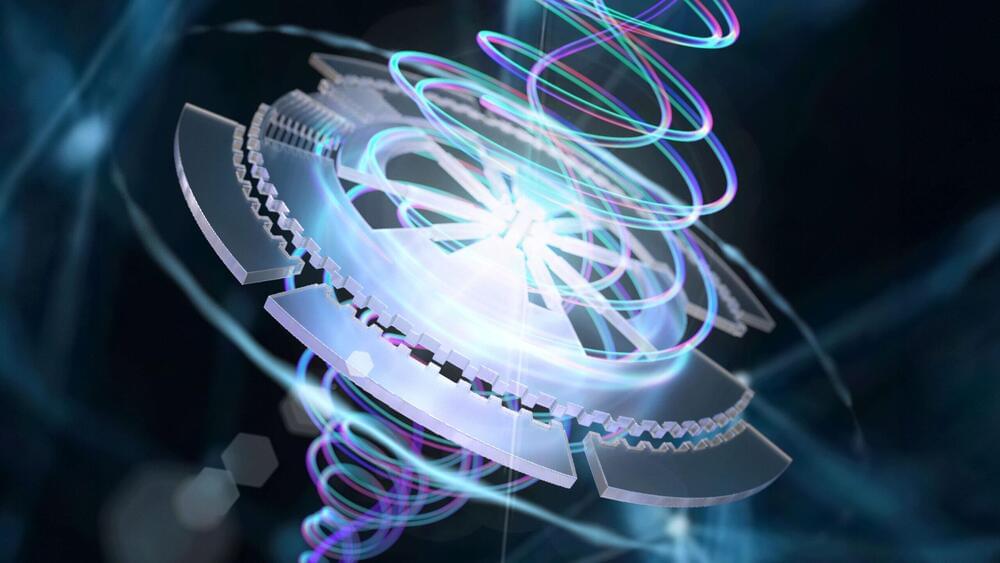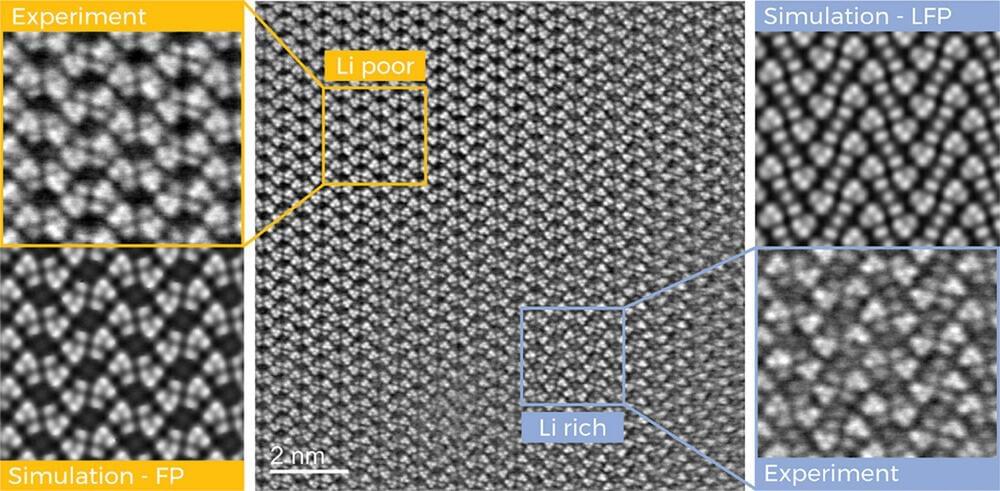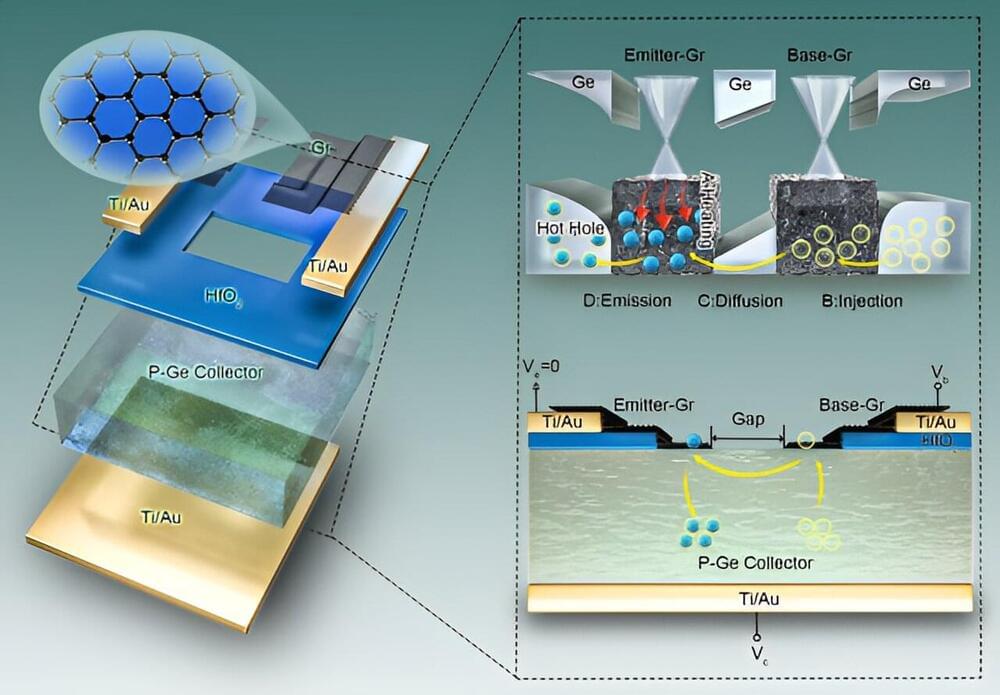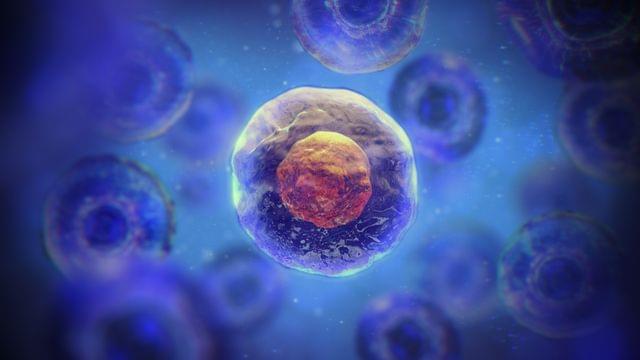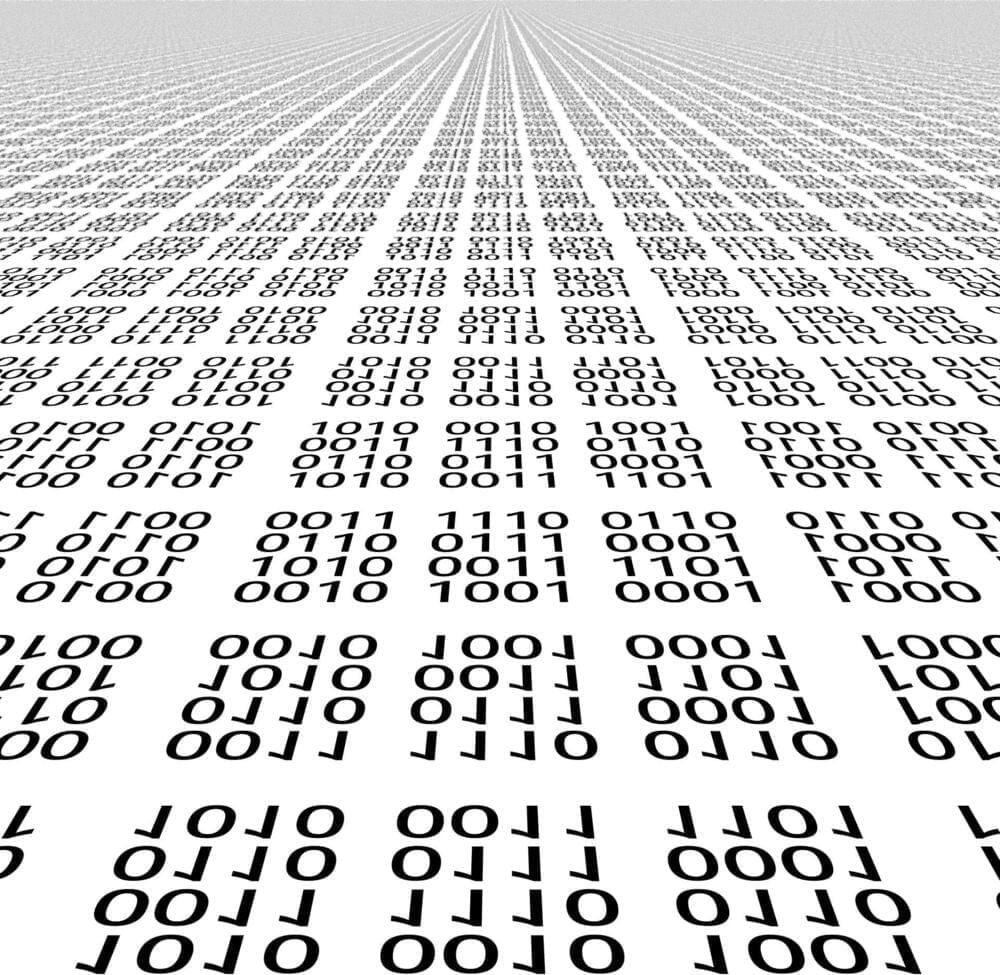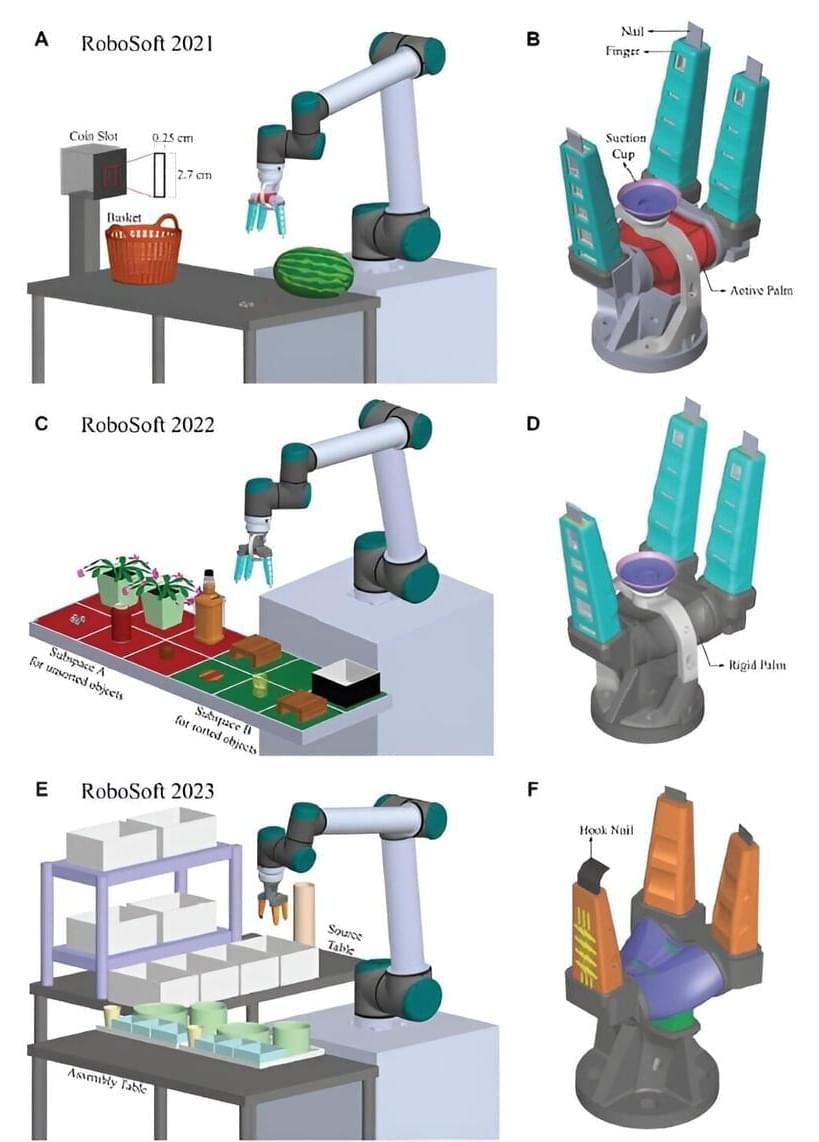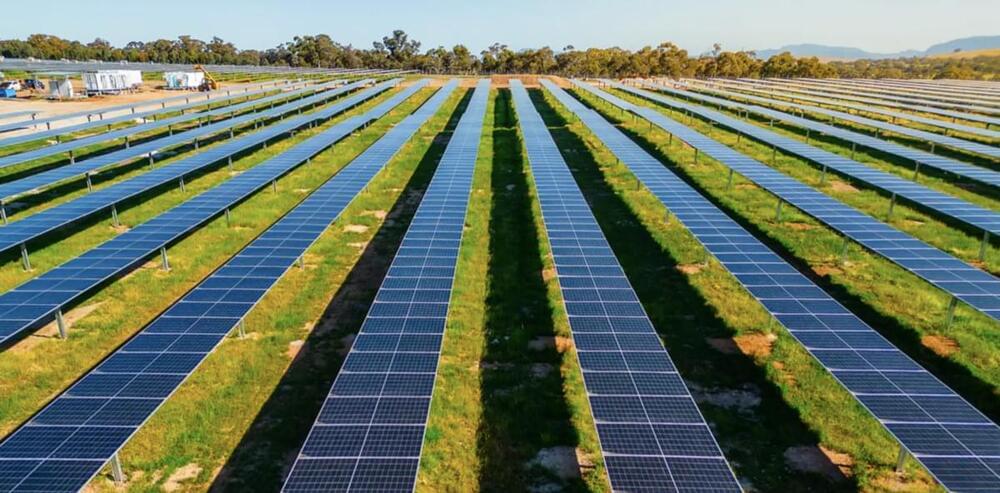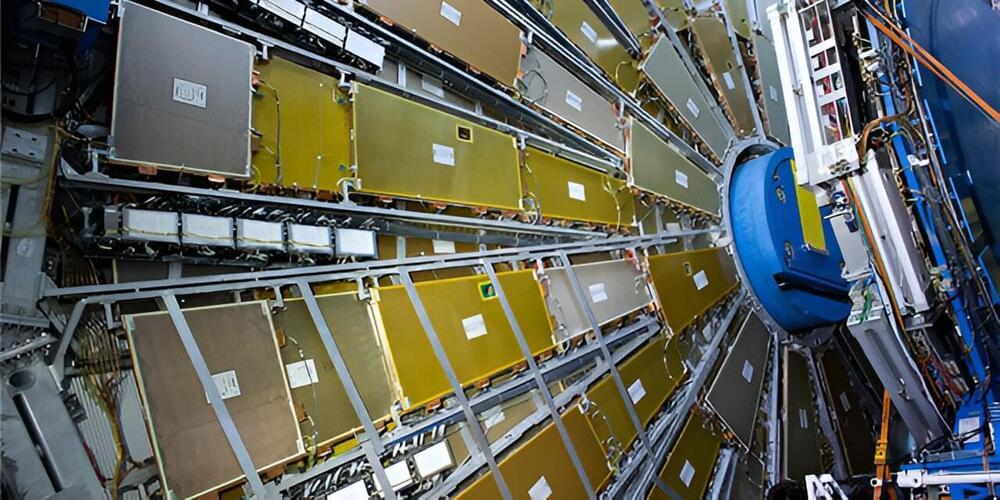Aug 22, 2024
World’s first micromachine twists 2D materials at will
Posted by Shailesh Prasad in categories: particle physics, quantum physics
Just a few years ago, researchers discovered that changing the angle between two layers of graphene, an atom-thick sheet of carbon, also changed the material’s electronic and optical properties. They then learned that a “twist” of 1.1 degrees—dubbed the “magic” angle—could transform this metallic material into an insulator or a superconductor, a finding that ignited excitement about a possible pathway to new quantum technologies.
